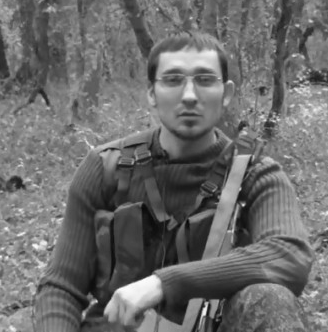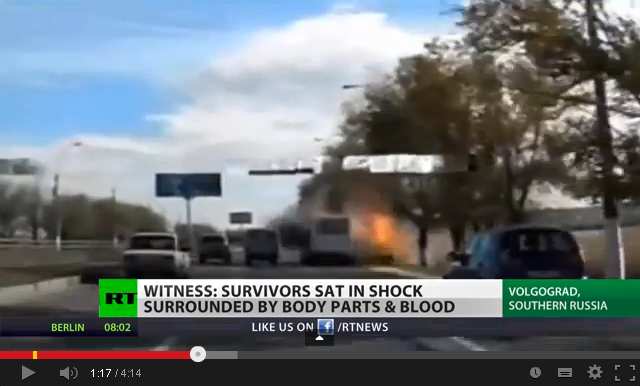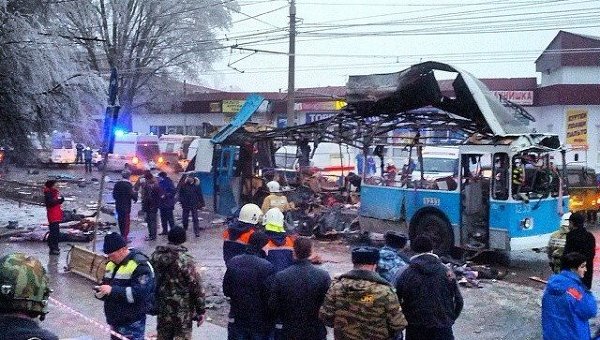Knowledge: How Hemp Oil Cures Cancer And Why No One Knows
Knowledge: Why Baby Carrots Are Killing You
Super Moon January 1st
There will be 5 SuperMoons this year. This one and another on January 3oth, both New Moons, and the other three will be Full Moons. Here is the scoop on SuperMoons, EarthSky.org says:
“The term supermoon didn’t come from astronomy. We used to call them perigee… ‘near Earth.’ An astrologer, Richard Nolle, is credited with coining the term supermoon. He defines them as:Supermoon, What is it, and What Does it Mean To You?
. . . a new or full moon which occurs with the moon at or near (within 90% of) its closest approach to Earth.
“By this definition, a new moon or full moon has to come within 361,863 kilometers (224,851 miles) of our planet, as measured from the centers of the moon and Earth, in order to be a supermoon.”
What is a Supermoon?
The supermoon occurs when a full moon lines up with the Earth and the sun at a specific point in its orbit, called the lunar perigee. That’s the point at which the moon is nearest to Earth as it traces its elliptical path around our planet.
When will Supermoons occur during 2014?
Lunar enthusiasts will be able to ring in the new year with a January 1 supermoon – one of two that will occur during January of 2014, and the first of five that will take place before the end of the calendar year, mark your calendars.
January 1, 2014, will be the second and third closest for the year
January 30, 2014
July 12, 2014
August 10, 2014, will be the closest supermoon of the year
September 9, 2014
What does the Supermoon mean to you?
Will the supermoon destroy the earth?
Despite the claims of some people around the world, the supermoon will not destroy the Earth.Will the supermoon change my behavior?
Have no fear: The supermoon will not turn you into a lunatic.
The sun’s gravity is actually responsible for pulling the Earth and moon into a closer alignment, causing the orbital variation.
They should. The Earth is closest to the sun in December each year, meaning that the star’s gravity pulls the moon closer toward the planet. Because of this effect the largest supermoons happen in the winter.
Get your supermoon fix while you can; the moon is moving on to greener pastures. Supermoons will get smaller in the distant future because the moon is slowly propelling itself out of Earth’s orbit, moving 3.8 centimeters farther from Earth each year.
Each month, on the day of the new moon, the Earth, moon and sun are aligned, with the moon in between.
This line-up creates wide-ranging tides, known as spring tides.
High spring tides climb up especially high, and on the same day low tides plunge especially low.
The January 1 and 30 extra-close new moons will accentuate the spring tide, giving rise to what’s called a perigean spring tide.
If you live along an ocean coastline, watch for high tides caused by the two January 2014 new moons – or supermoons.
Will these high tides cause flooding?
Probably not, unless a strong weather system accompanies the perigean spring tide.
Still, keep an eye on the weather, because storms do have a large potential to accentuate perigean spring tides.
The second supermoon will occur on January 30, according to Bruce McClure of Earthsky.
However, the moon will be at the new phase on both days, meaning that very few people will actually be able to see the phenomena.
Generally supermoons photos are amazing but don’t expect to see the new moon on January 1 or January 30.
At the vicinity of new moon, the moon hides in the glare of the sun all day long, rising with the sun at sunrise and setting with the sun at sunset.
On the other hand, if you were on the moon looking at Earth, you’d see a full Earth.
Are you ready for a radically different and more joyful 2014?
Set your intentions now, in these last moments of 2013 and energize them on New Year’s when we have the first super moon of the year!
The January 1 new moon, called a super moon because of its powerful energy, is a true blessing for intention setting. New moons are typically a great time to set in motion new concepts, projects, and intentions – having one on the very first day of a new year is even more potent.
Knowing this in advance can help you to become more mindful of your year-end clearing and goal setting for the coming year. We’re not talking about resolutions. The person making a resolution is looking at a problem and resolving to fix it.
To help with that awareness and open your flow of opportunities for 2014, consider doing some clearing out of clutter and old energies before this year ends. You don’t have room for this baggage where you are headed.
As you are doing your end-year clearing, keep your thoughts positive.
Here’s some advice from Selacia.
New Year’s New Moon Process
Here’s a process to begin preparing now so you can energize it January 1 at the new moon. Approach it as a blessing and it will be. If you feel resistance to New Year’s intentions, ask yourself what part of you is resisting and why you would resist manifesting your own good. If something is really in your highest good, why would you care what others think? This is a gift for you. Here are the steps.
FIRST, find a quiet place and sit still, quieting your mind by tuning out distractions and centering yourself in your heart. If desired, hold a favorite crystal, light a candle, or focus your mind on something spiritual – helping you to connect with the sacred. Do some deep breathing to relax and let go.
SECOND, invite your higher self to participate with you in this process, now and through New Year’s day when you are energizing your intentions. Ask for spirit’s view of where you are on your spiritual path, your progress to date, and what kinds of specific things to include in your intentions list. Remember in this process that you can ask spirit questions of clarification.
THIRD, self-reflect to create a specific list of positive intentions for 2014. Ideally, you have 10 or fewer intentions and they are both specific and powerful. As you write these on a sheet of paper, connect with your heart, saying each one out loud. Doing this helps you to engage a number of your senses simultaneously – visual, sensory, feeling, auditory – adding to the benefit of the process. A bonus is that as you read your intentions, you may connect with new helpful insights, too.
FOURTH, place your intentions list on your sacred altar or by your bedside. Ask spirit to energize it continually and to give you guidance about course corrections or attitude adjustments needed to manifest what is on your list. Write down these insights on another sheet of paper – giving you a tool for action steps during 2014.
FIFTH, twice daily before New Year’s, read your intentions list, feeling each one of them in your heart.
SIXTH, on January 1, read your intentions again. Invite your higher self to energize each one and the list in general. Become still and silent for a few moments afterwards, visualizing a golden light as your intentions are energized. Feel this energy in your heart.
SEVENTH, to complete the process, say a prayer of gratitude – for your life and for the amazing potentials you have in this most precious life.
Selacia is an internationally acclaimed writer, author of Earth’s Pivotal Years, intuitive healer, and guide to others on the path of spiritual awakening. A pioneer in DNA intuitive healing, serving people everywhere who desire wholeness and a heart-centered life. Selacia has dedicated her life to spirit, and to opening the way for others to progress on their path of enlightenment. www.Selacia.com.Source: http://earthspivotalyears.com/future-potentials/magnify-2014-potentials?utm_source...
via BeforeItsNews.com
Respected Readers:
|
















